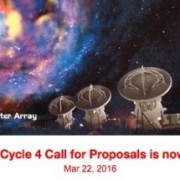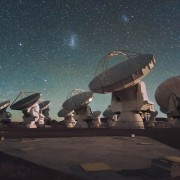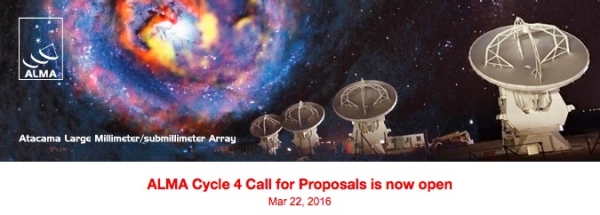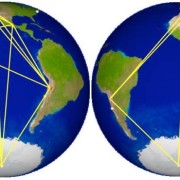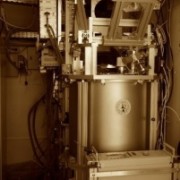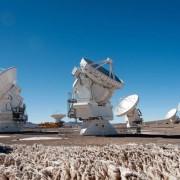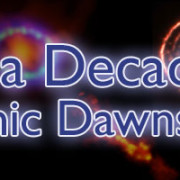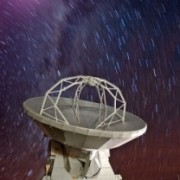Half a Decade of ALMA: Cosmic Dawns Transformed
This international four-day (September 20 – 23, 2016) conference will highlight ALMA results at the threshold of the array’s fifth year of science operations and bring together researchers from around the world to motivate collaborations for ALMA Cycle 5.
September 20 – 23, 2016
Renaissance Indian Wells Resort & Spa
Indian Wells, CA, USA
The sensitivity and spectral grasp of the Atacama Large Millimeter/submillimeter Array (ALMA) have revolutionized the study of youngest structures in the Universe, from galaxy formation through the formation of stars and planets. ALMA has produced over 300 refereed papers with over 3000 citations at its four-year mark, reporting impressive and scientifically compelling results as the most sensitive and highest resolution mm/submm interferometer in the world
This international four-day conference will highlight ALMA results at the threshold of the array’s fifth year of science operations and bring together researchers from around the world to motivate collaborations for ALMA Cycle 5. Science topics will include all fields of astronomy, from cosmology and galaxies in the distant Universe, nearby galaxies and the Galactic Center, interstellar medium and star formation in our Galaxy, astrochemistry, circumstellar disks, exoplanets, solar system, stellar evolution, and the Sun.
The conference will feature invited and contributed talks as well as poster sessions. Early career researchers and students are particularly encouraged to attend.

